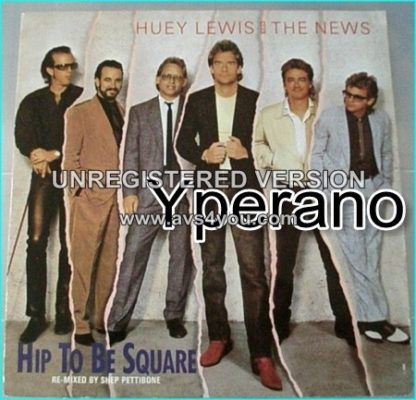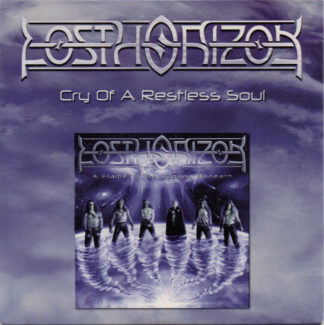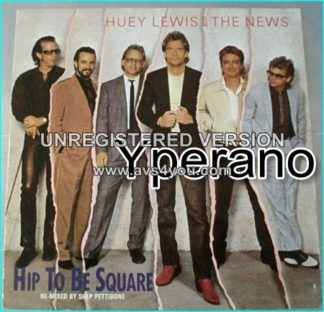Description
“Hip to Be Square” is a song by Huey Lewis and the News, written by Bill Gibson, Sean Hopper, and Huey Lewis, and released as the second single from the multi-Platinum album, Fore!, in 1986. The song features Pro Football Hall of Famers and then-San Francisco 49ers Joe Montana and Ronnie Lott singing backup vocals. The single reached number three on the Billboard Hot 100. In concert, Huey Lewis now normally sings the song as “(Too) Hip to Be Square”, as performed on their live album, Live at 25.
The song is referred to in the novel American Psycho when the main character, Patrick Bateman, provides a lengthy critique of Huey Lewis and the News’ career.
The song was then featured in the film adaptation during a scene in which Bateman (played by Christian Bale) murders Paul Allen (Jared Leto) with an axe. Before doing so, Bateman dances to the song, gives an abridged version of his critique from the novel:
“You like Huey Lewis and the News? Their early work was a little too New Wave for my taste, but when Sports came out in ’83, I think they really came into their own, commercially and artistically. The whole album has a clear, crisp sound, and a new sheen of consummate professionalism that really gives the songs a big boost. Hes been compared to Elvis Costello, but I think Huey has a far more bitter, cynical sense of humor… In ’87, Huey released this, Fore!, their most accomplished album. I think their undisputed masterpiece is “Hip to Be Square,” a song so catchy, most people probably don’t listen to the lyrics. But they should, because its not just about the pleasures of conformity, and the importance of trends, its also a personal statement about the band itself. Hey Paul!”…
It was originally featured on the accompanying soundtrack, but shortly after it was released, the album was pulled from the shelves and the song was removed before being reissued, but a small number had already been sold. Reports suggested that Huey Lewis had objected to the context in which his song was used in the film and demanded it be removed from the album. In reality, the films production team had paid for the rights to use the song in the film, but overlooked receiving the rights to include it on the soundtrack. When the soundtrack was released with the song on it, Huey Lewis had it withdrawn, as the soundtrack rights had not been secured.
Appearances: The song was parodied on Sesame Street in a song entitled “Its Hip to Be a Square”, which was designed to teach kids the different shapes.
12-inch single
“Hip to Be Square” (Dance remix) 6:05
“Hip to Be Square” (Dub mix) 5:11
“Some of My Lies Are True” (Remix)
Chart (1986) Peak position
Australia ARIA Charts 17
UK Singles Chart 41
U.S. Billboard Hot 100 3
U.S. Billboard Adult Contemporary Tracks 20
U.S. Billboard Album Rock Tracks 1









Reviews
There are no reviews yet.